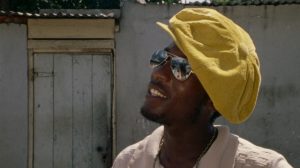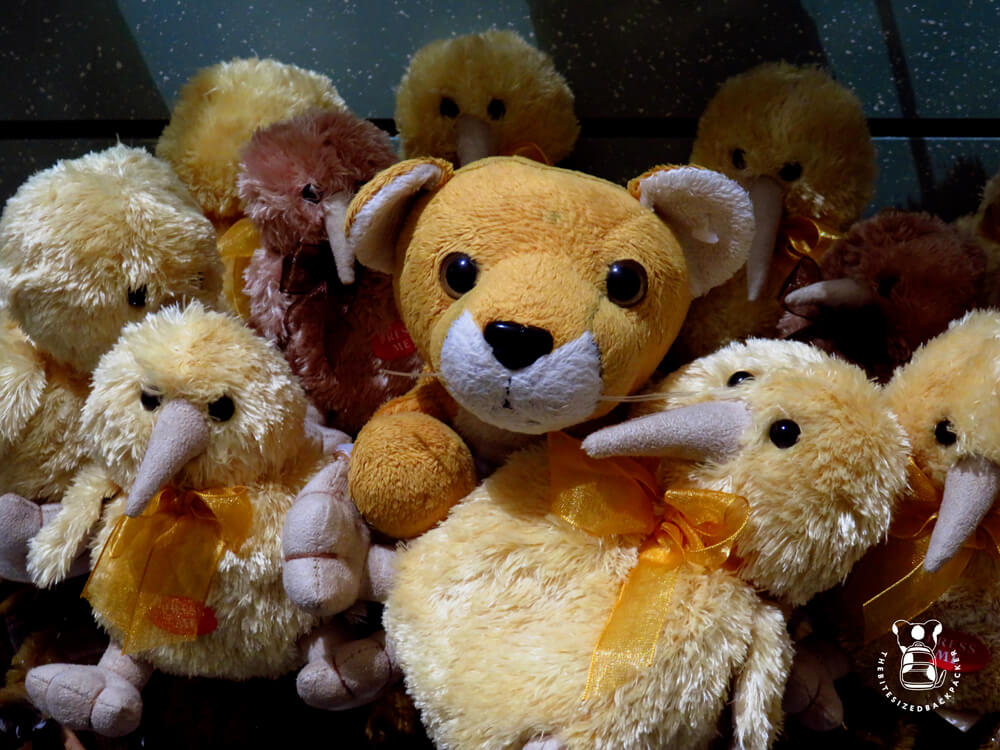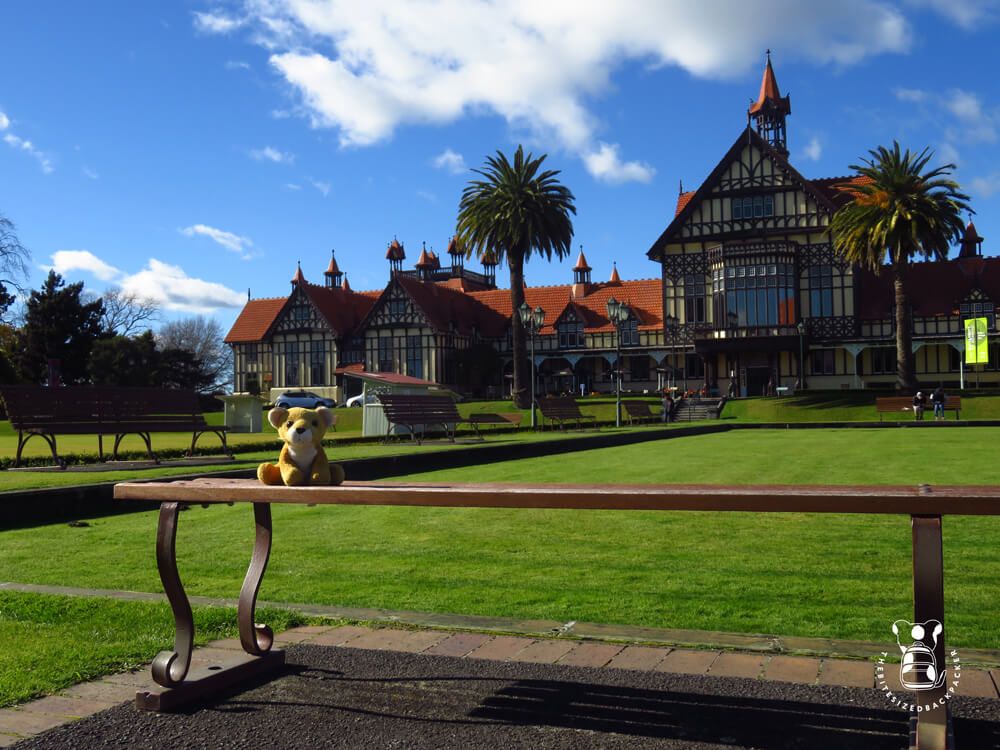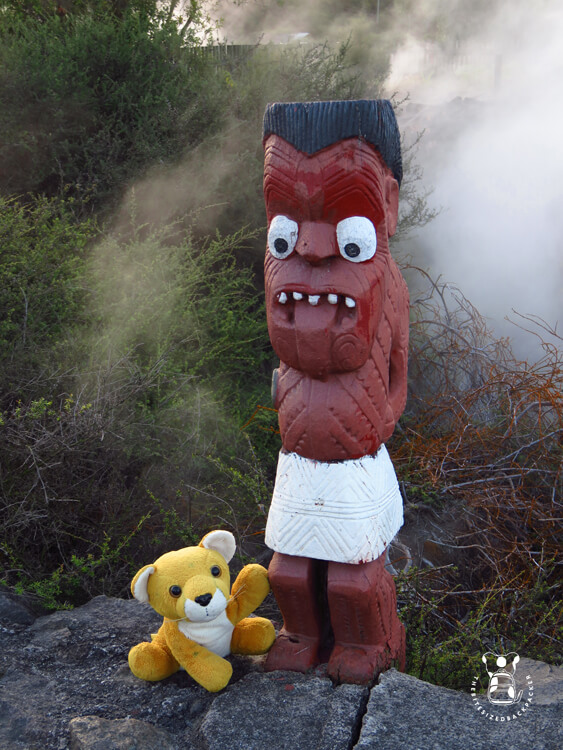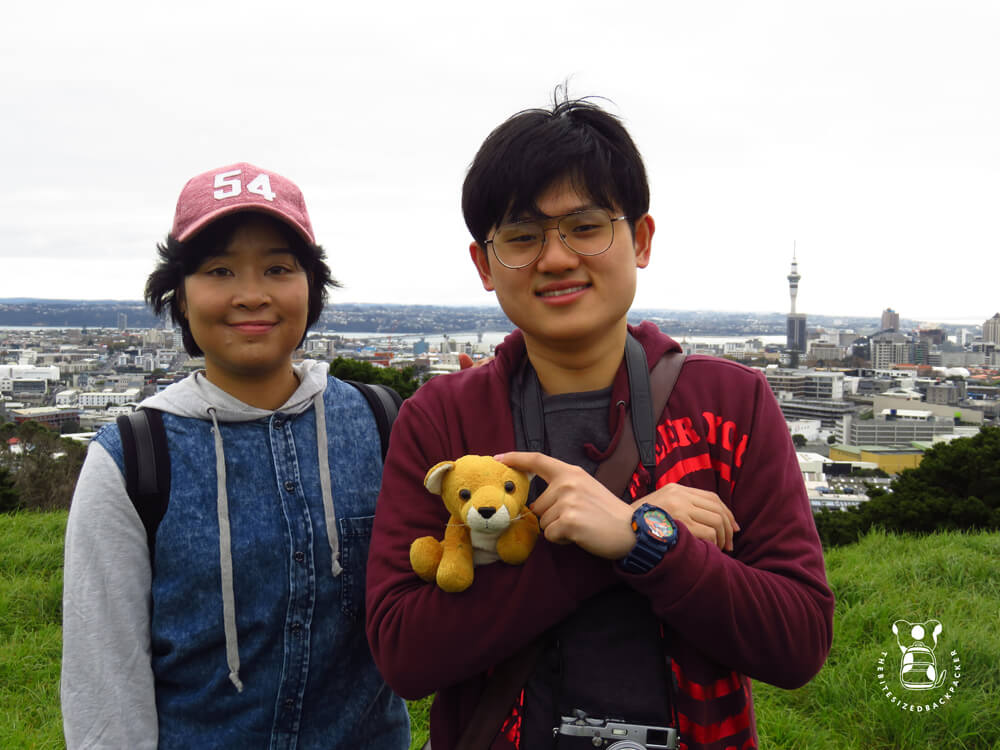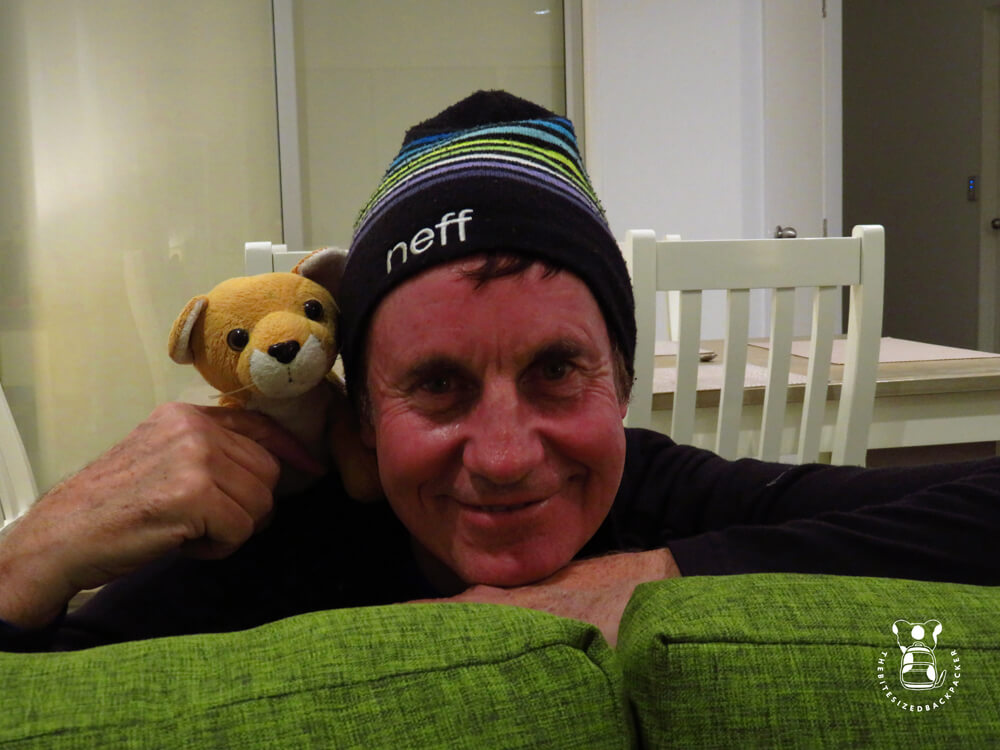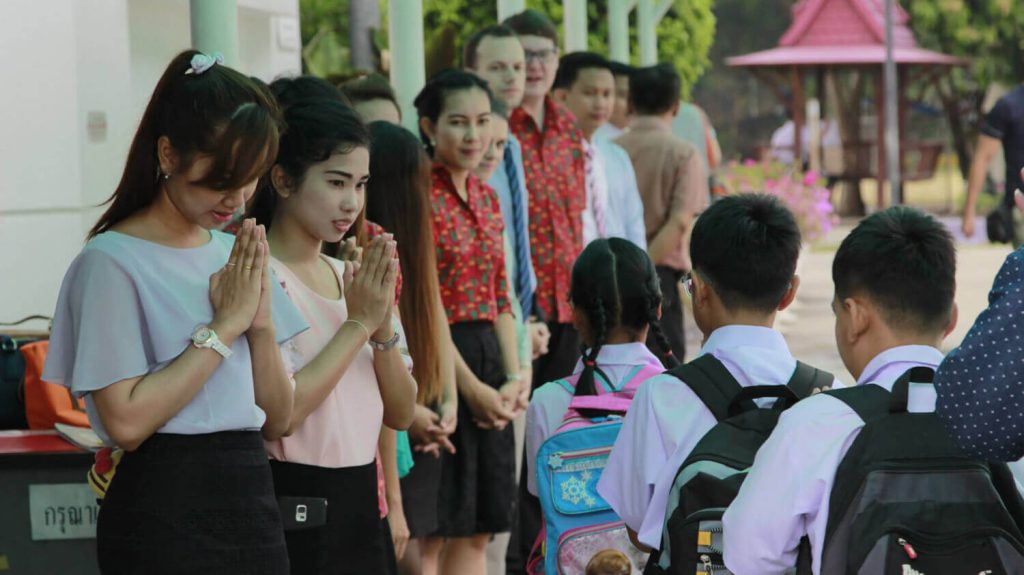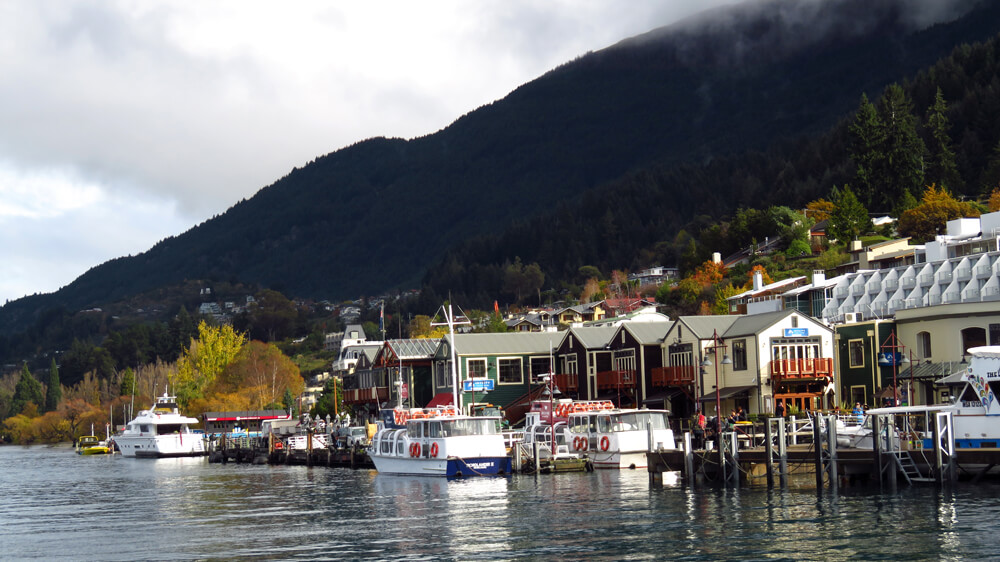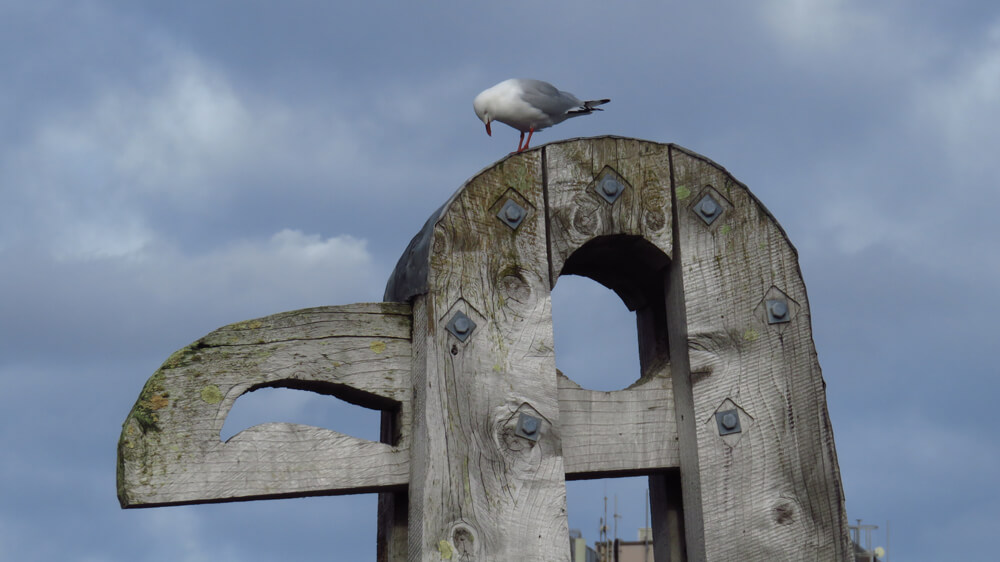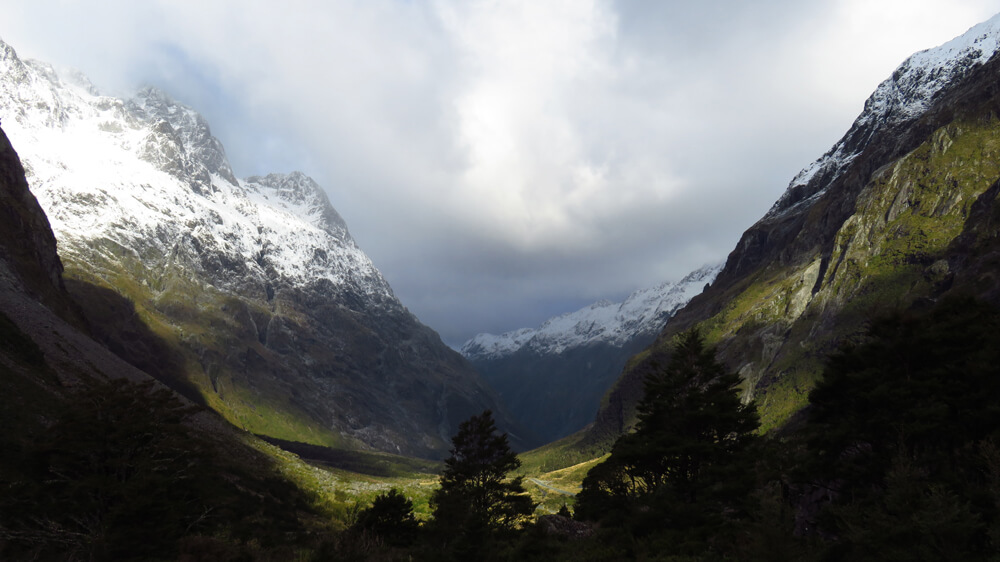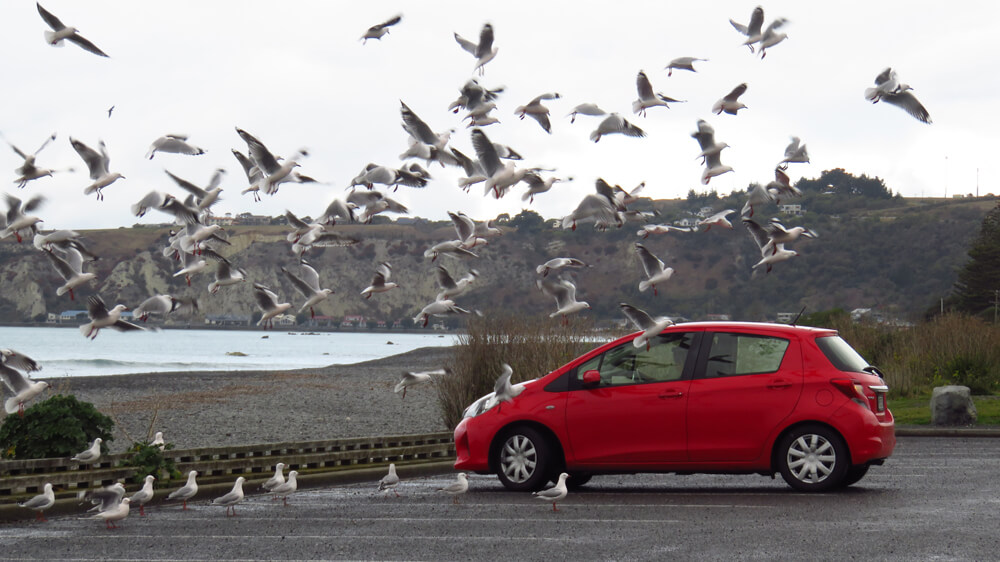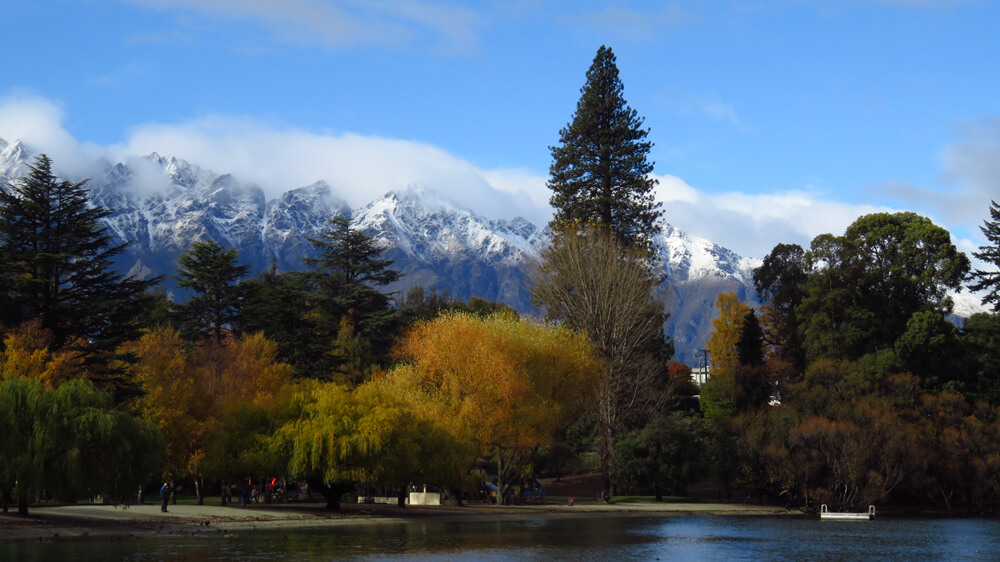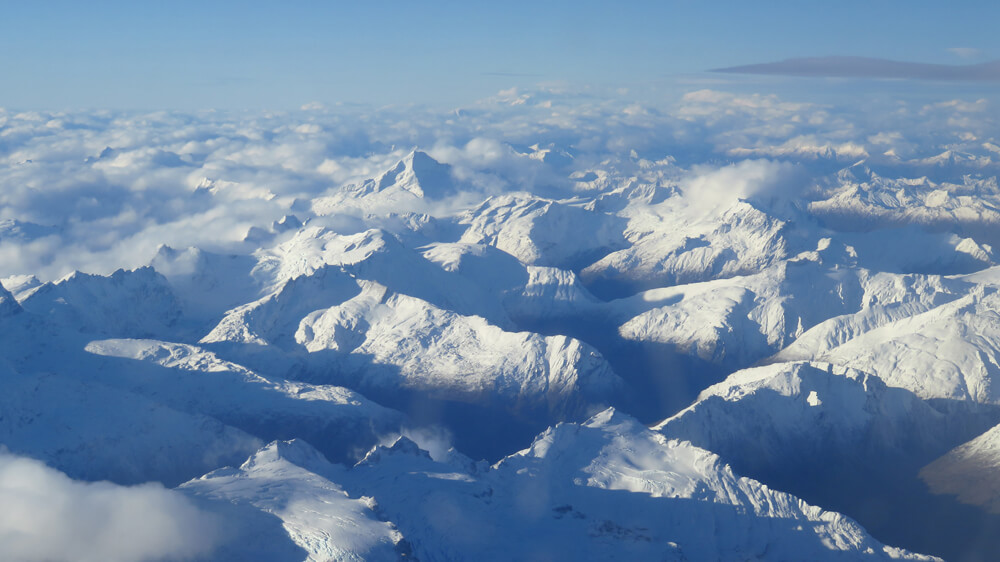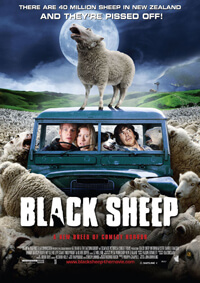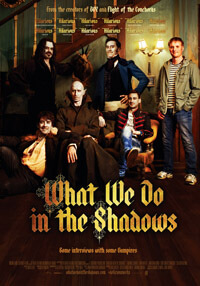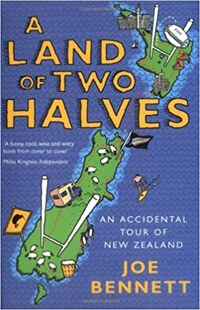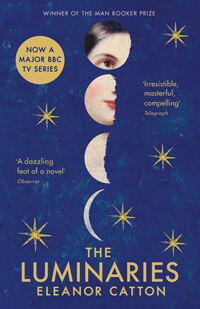Cinema of Eastern Europe
Explore the very best movies from Central and Eastern Europe, based on a selection of over 9,100 films.
Join us in shifting the world’s focus on American cinema back to the many other equally rich, yet underappreciated film industries around the world. In this article series, we highlight several hidden gems produced within a certain geographical region, one film per country, from the riches of Europe to the remote island nations of Polynesia.
As a bonus, we will make a donation to the welfare of wild cats, and the preservation of their habitats, for every film purchased through this site.
Table of Contents
Pick a Country
Austria • Belarus • Bosnia and Herzegovina • Bulgaria • Czechoslovakia • Czech Republic • Hungary • Macedonia • Poland • Romania • Russia • Serbia • Slovenia • Soviet-Union • Ukraine • Yugoslavia
The History of Eastern European Cinema
In general, Eastern European cinema was off to a slow start, mainly due to economic and technical issues. World War I and World War II recomposed the region after the devolvement of the Ottoman Empire and the Austro-Hungarian Empire. The collapse of the Soviet Union in 1991, as well as the fracturing of Yugoslavia, subsequently broke up the region in smaller pieces. Though both the Soviet Union and Yugoslavia boasted strong film industries before their collapse, the recovery of the splintered nation’s domestic industries came only gradually.

Facing stiff competition from Hollywood and Western Europe, the Eastern European film industries tend to focus on the production of small scale films, telling simply, yet compelling stories about everyday life. Most of these stories focus on social struggles, such as poverty and class differences, while others deal with corruption and the harshness of life under Communism.
With each Eastern European nation being slightly different in nature, every country hosts its own set of hopes and ideals. From the self-criticizing comedies of Romania and Bulgaria and the aspirational dramas of Yugoslavia’s former nations to the gloomy war films produced by the former members of the U.S.S.R., Eastern Europe offers a rich diversity in quality films.
The Best Films from Central Europe
After exploring the national cinema of Western Europe and Southern Europe, we head east into Central Europe, crossing the borders of Austria, the Czech Republic, the former nation of Czechoslovakia, Hungary, and Poland.
Austria: Funny Games
Directed by: Michael Haneke, 1997.

Despite Austrian German being Austria’s official language, the citizens of the mountainous country still share a common language with neighboring countries Germany, Switzerland, and Liechtenstein through standardized German. This allowed the four nations to often co-produce films in a similar way as the United Kingdom and the United States have done throughout (film) history. Austria, for example, successfully teamed up with Germany for the productions The Edukators (2004) and Academy Award-winner The Counterfeiters (2007).
The collaborative nature of the Austrian film industry has not stopped Austria from developing its own film industry. Both Austria’s grandeur films such as Sissi (1955) and small gems like Slumming (2006) fared well abroad. From the late 1940s to the early 1970s, the “heimat” film was a popular genre within the German-speaking market. Heimat films were usually set in the outdoors and offered sentimental depictions of rural life.
Breaking away from the traditions set by the heimat films, Austrian director Michael Haneke characterized himself stylistically as a very bold director, refusing to shy away from difficult topics. Within Austria’s national film industry, his name stands out above all others: Haneke directed some of the country’s most successful films, including Caché (2005), The White Ribbon (2009), and Amour (2012). After his shocking break-out film Benny’s Video (1992), Haneke continued to play around with topics such as violence and abuse in the horrifying Funny Games (1997). The psychological thriller perfectly captures the nature of Haneke’s early work and shatters the moralistic ideology of the heimat films.
Two seemingly friendly, articulate young men take a family hostage in their holiday cabin, forcing them to play a series of sadistic games with one another.
Find Funny Games on Amazon.com.
Czech Republic: Kolya
Directed by: Jan Sverák, 1996.

After World War I, the Czechoslovakian film industry was booming. Dubbed as the “Hollywood of the East”, Czechoslovakian directors continued to deliver great films for many decades. This eventually led to the production of the Academy Award-winning films The Shop on Main Street (1965) and Closely Watched Trains (1966) in the 1960s. With an additional two nominations in the same decade, Czechoslovakian cinema was at the top of its game.
Steadily continuing its film production after the country’s peaceful dissolution into the Czech Republic and Slovakia in 1993, the Czech Republic continued to score international hits, among which Divided We Fall (2000) and Želary (2003).
The new-born country’s first Academy Award hit after Czechoslovakia’s dissolution was the influential film Kolya (original title: Kolja, 1996). Kolya takes place in the year before the Czechoslovakian Velvet Revolution, which peacefully ended the long-lasting rule of the country’s communist party. In the film, František Louka, a middle-aged Czech man runs up a large debt after losing his job at the Czech Philharmonic. To meet ends, he accepts payment for a sham marriage with a Soviet woman to enable her to stay in Czechoslovakia. Once the deal is done, the woman uses her new citizenship to emigrate to West Germany, leaving her son in the care of Louka.
English-language films such as Big Daddy (1999) and About a Boy (2002) have since attempted to present worldwide audiences with similar films in which a young boy seemingly educates an irresponsible bachelor. Stripped down to simple romantic comedies, both films lack the social and political backstory of what makes Kolya such a great film.
Louka, a confirmed bachelor, and a lady’s man, agrees to a sham marriage to make ends meet, which ultimately leaves him with the care of the son of his pretend wife.
Find Kolya on Amazon.com.
Czechoslovakia: Who Wants to Kill Jessie?
Directed by: Václav Vorlícek, 1966.

In Avengers: Endgame (2019), the Avengers collided with a planet-throwing Titan, while 20th Century Fox, Sony, Warner Bros., and other production studios were battling each other over a piece of the superhero pie on both the big and the small screen. There seems to be no end to the number of new superhero movies being put in production. However, before the superhero surge of the early 2000s, only Superman and Batman rang familiar in the general audiences’ ears. And before that…
In a time when superhero movies were an obscure– virtually non-existent – niche market, the now-dissolved country of Czechoslovakia attempted playing around with the genre. Who Wants to Kill Jessie? (original title: Kdo chce zabít Jessii?, 1966) is a science fiction comedy breaking with the domestic conventions of everyday life under the highly oppressive Communist regime in Czechoslovakia. In the film, a scientist finds new inspiration in a series of Jessie-comic books, after which his wife (and fellow scientist) accidentally manifests his dreams: comic book heroine Jessie and her two archenemies are brought into the real world.
Playboy cover girl Olga Schoberová takes on the role of what might just be the first cinematic superheroine ever, while actor Juraj Visny plays her opposite as a joyfully evil version of Superman. The film brilliantly brings the conventions of comic books into the real world, including text balloons and sound effects. Vorlíček goal was “to make the Czech people collectively aware that they were participants in a system of oppression and incompetence which had brutalized them all.” Blissfully amoral and a little weird, Who Wants to Kill Jessie? is definitely worth a watch.
Two scientists working on a project engendering dreams accidentally project comic book heroine Jessie into the real world.
Find Who Wants to Kill Jessie? on Amazon.com.
Hungary: White Palms
Directed by: Szabolcs Hajdu, 2006.

After film was introduced into Hungary by the Lumiére brothers, the country slowly started to build up its own film industry. The country’s first film, The Dance (1901), focused on the shows of the Uránia Scientific Theatre. After the collapse of the Austro-Hungarian Empire and both world wars, however, little money was left to work with. With the film industry being under government control for decades, local films were often only mildly successful. It wasn’t until the second half of the 20th century that Hungarian cinema was allowed to take a more liberal approach to storytelling. The revolutionary wave of the late 1980s ended communist rule and finally allowed the country’s national film industry to really find its footing.
During the final decade of communist rule in Hungary, director Béla Tarr stepped onto the playing field. Offering a cynical view of both society and humanity, his films Damnation (1988) and the seven hour-long Satan’s Tango (1994) spoke to audiences around the world. Tarr’s works were followed up by a new generation of Hungarian directors, each trying to capture the spirit and soul of their country.
Szabolcs Hajdu’s sports drama White Palms (original title: Fehér Tenyér, 2006) does so by telling the story of Hungarian gymnast Miklós Dongó, a man, who like everyone else in his generation, was only a child during the communist regime, but became an adult during capitalism. In search of a new start, Miklós moves to Canada, where a clash of different cultures and values hampers his career as a trainer.
In White Palms, gymnast Miklós moves to Canada in search of a new life as a trainer, but finds it difficult to shed his own past while training young prodigy Kyle.
Find White Palms on Amazon.com.
Poland: Knife in the Water
Directed by: Roman Polanski, 1962.

The Polish film industry trod the same pathways as the Hungarian film industry. Films were produced under strict supervision and all cinemas were state-owned. Historical events such as the end of Stalinism in Poland and the fall of communism in 1989 greatly affected the national film industry. The change in Poland’s political climate after Stalin’s death gave rise to the Polish Film School movement, which sprouted a new wave of Polish film directors, including the now world-famous Roman Polanski.
Born in Paris, but growing up in Kraków, Poland, Polanski witnessed the emergence of the Kraków Ghetto and the subsequent deportation of all the ghetto’s Jews to concentration camps, which inspired his powerful World War II-film The Pianist (2002). Long before directing The Pianist – and well before the infamous sexual abuse case which caused Polanski to flee from the United States to France – the director made his big-screen debut with Knife in the Water (original title: Nóz w Wodzie, 1962).
Knife in the Water’s themes are comparable to those found in Polish classics such as Ashes and Diamonds (1958), in which Poland’s social classes started fighting each other after the end of World War II. Knife in the Water tells the story of a similar social clash between a wealthy couple and a young hitchhiker, who, after hitching a ride with the married Andrzej and Krystyna, is invited to go with them on their sailing trip. During the trip, the tension gradually builds between Andrzej and the hitchhiker. The unsettling nature of their relationship is firmly rooted in Poland’s post-war class system and subtly conveys the director’s pessimistic views on human nature.
After reluctantly picking up a young hitchhiker, a wealthy, married couple invite the man to go with them on their weekend sailing trip, initiating a tense struggle for power onboard the vessel.
Find Knife in the Water on Amazon.com.
The Best Films from Eastern Europe
Making our way south, we pass parts of the former Soviet-Union – Russia, Belarus and Ukraine – before visiting the Eastern European countries of Romania and Bulgaria.
Soviet-Union: Stalker
Directed by: Andrey Tarkovsky, 1979.

From 1922 to 1991, the Soviet Union stretched the Eurasia supercontinent. Throughout its existence, the nation’s national film industry was strictly guided by its government, ruled by the Soviet Communist Party. From the get-go, the leaders of the Union stated that film was an ideal propaganda tool due to its widespread popularity. Still, technical issues, as well as the economic pressure of war, prevented Soviet cinema from flourishing before World War II. The Soviet Union was able to produce only a number of films, but managed to bring forth a new generation of Soviet film makers, including the world-famous Sergei Eisenstein.
Eisenstein’s silent propaganda film Battleship Potemkin (1925) has been named one of the greatest films of all time by modern critics. Using new techniques and storytelling methods, Eisenstein left his mark on world cinema. Soviet cinema prospered throughout the following decades. The death of Stalin and the end of Stalinism allowed new voices to be heard within the country, taking a more liberal stance on film making. This allowed directors to chose a more artistic approach to filmmaking.
Directors such as Andrei Tarkovsky and Nikita Mikhalkov were largely unconcerned with their films’ economical successes. Taking a philosophical approach to film making, they each sculpted a series of beautiful art house films. Tarkovsky’s science fiction film Stalker (original title: Stalkyer, 1979) is perhaps one of the greatest examples of post-Stalinist film. The film depicts the efforts of a guide known only as “the Stalker” in taking his clients through a mysterious, seemingly sentient site known as “the Zone”. Taking a path that can only be sensed, but not seen, the Stalker aims to lead his clients to a room which has the ability to fulfil a person’s innermost desires. Poetic and philosophical in nature, Stalker presents its viewers with a lengthy, hypnotic journey through the human consciousness.
A guide known as “the Stalker” is tasked with leading two men through a mysterious area known as “the Zone” to find a room that will fulfil their innermost desires. Along the way, the three strangers exchange thoughts and try to find the meaning in both their journey as well as their lives.
Find Stalker on Amazon.com.
Russia: Burnt by the Sun
Directed by: Nikita Mikhalkov, 1994.

From Sergei Eisenstein’s enigmatic The Battleship Potemkin to Andrei Tarkovsky’s Andrei Rublev (1966) and Vladimir Menshov’s Moscow Does Not Believe in Tears (1980), Russian cinema has been at the forefront of the world’s cinematic landscape since the early 20th century. After the death of Stalin and the subsequent devolution of the Soviet Union, the country’s filmmakers started focusing on themes that were previously unexplored, such as the effects Stalinism had had on the country. One of these films was Nikita Mikhalkov’s Burnt by the Sun (original title: Utomlennye Solntsem, 1994).
Burnt by the Sun depicts the arrival of the Red Army in a small countryside village in the Soviet Union during the summer of 1936. During this period, Stalin executed what is now known as the Great Terror: a campaign of political repression, including a large-scale purge of people deemed unwanted by Stalin’s government. Throughout this period, an estimated 600.000 people died at the hands of the Soviet Union’s leaders.
In the film, Sergei Petrovich Kotov, a senior Red Army officer, tries to protect his family from the repression brought on by Stalinism. The arrival of Mitya, Kotov’s wife former fiancé who disappeared in 1923 further unsettles the family’s peaceful life. Through the stories of Kotov and Mitya, Burnt by the Sun sketches the randomness of Stalin’s mindless purge, demonstrating just how pointless his repression was once the Khrushchev thaw set in after the dictator’s death.
Set in Russia, 1936, during the period of Stalinist repression, Burnt by the Sun tells the story of senior Red Army officer Kotov and his family, and the unheralded arrival of Kotov’s wife former fiancé.
Find Burnt by the Sun on Amazon.com.
Belarus: Fortress of War
Directed by: Aleksandr Kott, 2010.

Belarus – often referred to as White Russia, much to the disgruntlement of the country’s inhabitants – was a part of the Soviet Union until 1991. The country’s history, as well as the history of its film industry, mimics that of similar formerly Soviet-occupied nations, such as Estonia, Lithuania, and Ukraine. What sets Belarus apart from these other countries is that the country continued to produce films in both Russian as well as Belarussian.
With a steady output of approximately 1-3 films each year, Belarus is still a small player within the European film industry. Like in many other Eastern European countries, Belarusian cinema has a tendency to focus on life during communism and the people’s struggles during the Soviet occupation. Other films, such as Franz + Polina (2006) and Fortress of War (original title: Brestskaya Krepost, 2010) focus on the Nazi occupation of Belarus.
Fortress of War recounts an important event in the history of the Soviet Union: the Nazi invasion at Brest in Belarus. Starting what was known as ‘Operation Barbarossa’, Nazi troops crossed the Bug River, invaded Brest, and marched onwards to Minsk, leaving the heavily guarded Brest Fortress surrounded by enemy troops. Soviet propaganda dictated that “there would be no war”, causing the Red Army soldiers stationed in the fortress to be caught off-guard once the German army attacked. For over a week, the Soviet soldiers of Brest Fortress fought off the German troops, desperately trying to keep their families living at the fortification safe from harm. Fortress of War depicts the bloody battle through the eyes of its Soviet army leaders, as well as the 15-year-old Sashka.
When Nazi Germany executes its invasion into the Soviet Union, a Soviet fortification situated on the border is left isolated and surrounded by enemy troops.
Find Fortress of War on Amazon.com.
Ukraine: The Tribe
Directed by: Myroslav Slaboshpytskyi, 2014.

There is no doubt about the fact that Sergei Eisenstein’s propaganda film Battleship Potemkin will always remain the most famous film ever to be filmed in Ukraine. Depicting the 1905 mutiny of the crew of the Russian battleship Potemkin against their officers, the film’s Odessa Steps-sequence became one of the most influential scenes in film history. As a region – and since 1991, as an independent country – Ukraine has steadily produced a host of films. The Ukrainian film industry is a few steps ahead of Belarus and the Baltic states, producing around 10 films every year.
Despite being one of the most successful countries at the Paralympic Games, Ukraine has a reputation for largely underserving people with a disability. Today, very few facilities in the country are disability-friendly. Spokesmen for Ukraine’s deaf population recently stated they still feel ignored by the country’s government. Myroslav Slaboshpytskyi’s The Tribe (original title: Plemya, 2014) introduces us to Sergey, a teenager arriving at a boarding school for deaf students. Rather than focusing on the students’ struggles with their hearing problems, the film depicts the ring of organized crime ruling the school from inside. Sergey is drawn into the school’s violent inner circle, where crime and prostitution are part of the daily routine.
The Tribe’s silent dialogues speak volumes, effortlessly recounting the school’s horrifying story to its audience without uttering a single word. The whole film is presented in Ukrainian Sign Language and features no subtitles, making it a unique and captivating drama that truly embodies the film industry prescription “show, don’t tell”.
Sergey, a deaf teenage boy, enrolls in a boarding school for the deaf, where he is confronted by a circle of organized crime set up within the institution by its violent and uncompromising pupils.
Find The Tribe on Amazon.com.
Romania: California Dreamin’
Directed by: Cristian Nemescu, 2007.

In 1897, the French cameraman Paul shot the first film set in Romania: a news item depicting Romania’s ruler, King Carol I. When the public’s interest in cinema started fading in 1898, Menu sold his camera to doctor Gheorghe Marinescu, who became Romania’s first filmmaker. Marinescu’s short medical documentaries did very little to spark the country’s national film industry. For decades, Romania’s movie theatres could hardly generate the amount of money to make a single film, let alone educate new directors and crew members.
Recognizing the influential power of cinema, a law was passed establishing a national cinema fund in 1934, which finally allowed the country’s national film industry to flourish. The period 1948-1989 was then characterized by a series of socialist films, made under the banner of the Communist government.
After the collapse of Communism in Romania following the 1989 revolution, Romanian filmmakers turned their attention to the past, examining the influences Communism had had on their country both before and after 1989. Cristian Mungiu’s drama 4 Months, 3 Weeks and 2 Days (2007) explores the oppressive nature of the Communist government, Radu Muntean’s The Paper Will Be Blue (2006) portrays the chaotic nature of the revolution itself, and in Tudor Giurgiu’s Of Snails and Men (2012) the post-Communist years are satirized with a healthy dose of self-reflective humor.
Cristian Nemescu’s California Dreamin’ (original title: California Dreamin’: Nesfarsit, 2007) in turn, wittily explores the country’s internal struggles in the 1990s by juxtaposing the community of a small countryside village with a troop of American and Romanian soldiers. In the movie, a train containing radar equipment required in Kosovo is halted by a Romanian station chief, demanding to see their customs papers. Stubbornness and bureaucracy prevent the train and its military passengers to pass the village, leaving the soldiers to the whims of the village’s kind, but opportunistic population.
A stubborn railway chief delays a NATO train transporting military equipment during the war in Kosovo, leaving the soldiers escorting the train stranded in a countryside village.
Find California Dreamin‘ on Amazon.com.
Bulgaria: Mission London
Directed by: Dimitar Mitovski, 2010.

Though Bulgaria’s first film, Bulgaran is Gallant (1915), kicked off the nation’s film industry after World War I, the nation’s cinematic output remained small until a growth spurt in the 1970s. Much like Romanian cinema, Bulgarian cinema doesn’t shy away from utilizing some self-reflective humor. Taking a stab at Bulgaria’s government, ambassadors, and a host of cultural clichés, director Dimitar Mitovski sketches a humorous portrait of his home country in the over-the-top comedy Mission London (2010).
Both before and after the end of communist rule in Bulgaria in November 1989, the country’s cinematic history closely mirrors that of their northern neighbor, Romania. After several years of reformation, Bulgaria was finally allowed to join to European Union in 2007. Mission London takes a satirical look at the country’s entry into the union by spreading its story across a host of characters. In the film, Bulgaria’s president gives the country’s new ambassador in London the task to ensure that the Queen will attend their London-based concert, celebrating Bulgaria joining the European Union.
Mission London perfectly reflects the contemporary Bulgarian mindset, with all its shortcomings and limitations. Mitovski shows his audience how Eastern Europe’s focus on Western culture after decades of Communist oppression translates to everyday life by extrapolating its characteristics in a movie that is satirical and honest at the same time.
Varadin, Bulgaria’s new ambassador in London, is tasked with ensuring that the Queen attends the embassy’s concert celebrating Bulgaria joining the European Union.
Not available on Amazon.com.
The Best Films from (former) Yugoslavia
Heading back to central Europe to explore the cinema of the former nation of Yugoslavia, we take a trip to the crystal clear lakes of Slovenia, the rural perfection of Bosnia and Herzegovina, post-Milosevic Serbia, and the mountains of sunny Macedonia.
Yugoslavia: Underground
Directed by: Emir Kusturica, 1995.

The Socialist Federal Republic of Yugoslavia once had a booming film industry, supported by the country’s rich and prosperous economy. Nominated six times for the Academy Award for Best Foreign Language Film, Yugoslavia was at the top of its game during the 1950s and 1960s. In 1945, the country was established under Josip Broz Tito, who successfully maintained the diverse population of Yugoslavia under one banner. After Tito’s death in 1980, the relations among the six republics of Yugoslavia deteriorated, leading to the destructive Yugoslav Wars.
Dissected to its very core by critics around the world, Emir Kusturica’s Underground (1995) is a fascinating piece of art dosed with exhilarating music, displaying the history of Yugoslavia in the style of Italian historical films. The film depicts the epic story of two friends, Blacky and Marko, from the beginning of World War II until the beginning of the Yugoslav Wars during which the film was released. Rowdy and full of life, Underground churns away like a splendorous circus performance: the film’s opening scenes show the bombing of Belgrade at the hands of the Nazi’s, leading to the destruction of the Belgrade Zoo and the escape of its animals. The film never stops its rollercoaster-ride of excess, but always maintains enough heart and pertinence to eventually leave a deep and lasting impression on its viewers.
Underground tells its story with a sense of dark humor; not shying the absurd, nor underplaying the unspeakable suffering the people of Yugoslavia went through. The stories of Blacky and Marko represent different sides of the conflicts that plagued the country, with Blacky’s story – living underground, in hiding – serving as a strong metaphor for the very real situation Yugoslavs had to deal with during the 1990s: what once was a great country, had suddenly ceased to exist.
In the aftermath of the fall of Yugoslavia during World War II, friends Blacky and Marko organize a resistance, operating from an underground facility. After the end of the war, Marko, the only member of the resistance movement who gets to go to the surface, fails to inform his friends underground that the war has ended.
Find Underground on Amazon.com.
Slovenia: Rooster’s Breakfast
Directed by: Marko Nabersnik, 2007.

Following 1991’s Ten-Day War that followed the Slovenian declaration of independence, Slovenia gained its rightful independence. The country’s role in the Yugoslav Wars was relatively small, allowing the country to continue its film production with relative ease. Though producing only a handful of movies per year and never being nominated for an Academy Award, Slovenian cinema does feature some beautiful examples of filmmaking.
Director Marko Nabersnik’s Rooster’s Breakfast (original title: Petelinji zajtrk, 2007) is one of these hidden gems. Adapted from the novel of the same name by Slovenian writer Feri Lainšček, the film tells the story of a young mechanic named Đuro. After being laid off from his job in the city, his former boss offers him a new job at an auto mechanic shop owned by an acquaintance in a remote village.
Đuro accepts the job and exchanges life in the big city for a quiet rural existence. His new boss, Pišti Gajaš – played wonderfully by Vlado Novak – is the real star of the movie. Gajaš’ caring, naïve personality constantly get him into trouble, but the old fashioned peasant maintains a positive outlook on life. Though simple-minded, he has a clear outlook on life, shepherding his new protégée with his amusing mechanic’s wisdom.
After being laid off at work, a young car mechanic finds a new job in a remote village, becoming the apprentice of the warm, old fashioned, and naive Pišti Gajaš.
Not available on Amazon.com.
Bosnia and Herzegovina: Grbavica: The Land of My Dreams
Directed by: Jasmila Zbanic, 2006.

A short stroll through Sarajevo should tell you enough to understand that Bosnia and Herzegovina’s post-war struggles are far from over. The city’s bullet-ridden buildings are inelegantly patched up with cement, and though the city’s residents are remarkably friendly, their scars still run deep. In spite of the country’s financial struggle, Bosnia and Herzegovina was the only post-Yugoslavian country to be nominated for an Academy Award and win.
The award-winning film, No Man’s Land (2001), is not the only great film the country managed to produce after the war, though. Where No Man’s Land deals with the Bosnian War itself, Jasmila Zbanic’s Grbavica: The Land of My Dreams (original title: Grbavica, 2006) deals with the aftermath of the long-lasting conflict. Through the eyes of the main character Esma and her teenage daughter Sara, Grbavica shows how everyday life in Sarajevo is still heavily influenced by the Yugoslav Wars.
Sara’s school is organizing a field trip, but Esma struggles to come up with the money to pay for her daughter’s inclusion. To earn the money for the trip, Esma starts working as a waitress at a nightclub. Meanwhile, the school informs them that the children of shaheeds (“martyrs”, or “war heroes”) can go on the field trip for free, on the condition that they provide a certificate proving that they are the offspring of those who died fighting for their country.
Set against the backdrop of Grbavica, the neighborhood that marked the frontline during the siege of Sarajevo, a woman and her daughter struggle to make ends meet in the aftermath of the Yugoslav Wars.
Find Grbavica: Land of My Dreams on Amazon.com.
Serbia: The Trap
Directed by: Srdan Golubovic, 2007.

Serbia hosted one of Yugoslavia’s most prosperous film industries, producing 12 films before World War II and continuing to build its output afterward. Despite the Yugoslav Wars, Serbia managed to keep making films that become international hits throughout the 1990s, such as Underground and Black Cat, White Cat (1998). Film production in Serbia vastly outpaced all other former Yugoslavian nations both during and after the war, though so far this has not resulted in any Academy Award nominations.
Modern Serbian films, like those of its neighboring countries, often focus on the aftereffects of the war. Srdan Golubovic’s neo-noir film The Trap (original title: Klopka, 2007) explores the post-Milošević Serbian society, where, after the fall of communism, the gap between the rich and the poor is ever-expanding. The film contrasts Serbia’s nouveau riche class with the country’s struggling middle class, who have nothing to hold on to but their own pride.
The shattered Serbian economy weighs heavy on The Trap’s main character, ordinary construction engineer Mladen Pavlović. When Pavlović’s son is diagnosed with a heart muscle condition, he struggles to collect the money to pay for the surgery needed. After several attempts to raise the money, Pavlović’s wife desperately submits an ad in the paper, asking for charitable donations. When the caller responds with a horrifying proposal, Pavlović is forced to choose between the life and death of his own child.
In a country where even after the war human life still holds very little value, an ordinary man is forced to choose between the life and death of his own child.
Find The Trap on Amazon.com.
Macedonia: Before the Rain
Directed by: Milcho Manchevski, 1994.

Much like Serbia, Macedonia’s film industry got an early start. Nowadays, the small, landlocked country produces approximately four films per year. Macedonia was the first post-Yugoslavian country to receive an Academy Award nomination, making Milcho Manchevski’s Before the Rain (original title: Pred Doždot) one of only two post-Yugoslavian films to receive the honor. Before the Rain’s nomination was well deserved: the extraordinary film gracefully portrays Macedonia’s role in the Yugoslav Wars.
The film is broken down into three parts: Words, Faces, and Pictures. The three parts are connected through an illusionistic circular narrative, linking characters and events from all three stories. A closer viewing, however, discloses deliberate inconsistencies in the film’s narrative. The stories and themes presented in Before the Rain serves as a melancholic metaphor for the uncompromising nature of war.
Actor Rade Šerbedžija, who portrays disillusioned war photographer Aleksandar in the film, is one of Before the Rain’s most familiar faces. After breaking through internationally, the Croatian actor played a host of sinister (and often Russian) villains in films and series ranging from Mission: Impossible 2 (2000) and X-Men: First Class (2011) to 24 (2001-2010) and Downton Abbey (2010-2015). Seeing him return to (former) Yugoslavia to play a well-balanced, politically charged role is wonderful in itself.
The stories of an Albanian girl on the run, a young monk who has taken a vow of silence, a London picture editor and a disillusioned war photographer collide in a tragic tale of war set in rural Macedonia.
Find Before the Rain on Amazon.com.
Looking for something else? Check out our recommendation for the best films from Western Europe, films from Africa, films from South Asia, films from West and Central Asia, films from East and Southeast Asia, films from Oceania and the Pacific, films from North America, films from Central America and the Caribbean and films from South America.
More articles on Movies
Cinema of Eastern Europe Read More »




